Best Way to Enclose Existing Raised Beds?
3 months ago
Featured Answer
Sort by:Oldest
Comments (11)
- 3 months ago
- 3 months agolast modified: 3 months ago
Related Professionals
Glenbrook Interior Designers & Decorators · Linton Hall Interior Designers & Decorators · Tahoe City Interior Designers & Decorators · South Farmingdale Kitchen & Bathroom Designers · Fillmore Furniture & Accessories · ‘Ewa Beach General Contractors · Ewing General Contractors · Estelle Landscape Contractors · The Villages Landscape Contractors · Wareham Landscape Contractors · Fort Wayne Furniture & Accessories · Lake Arrowhead Furniture & Accessories · Los Gatos Custom Artists · Taylor Window Treatments · Romeoville Lighting- 3 months agolast modified: 3 months ago
- 3 months ago
- 3 months ago
- 3 months ago
- 3 months ago
- 3 months ago
- 3 months ago
Related Stories

FARM YOUR YARDHow to Build a Raised Bed for Your Veggies and Plants
Whether you’re farming your parking strip or beautifying your backyard, a planting box you make yourself can come in mighty handy
Full Story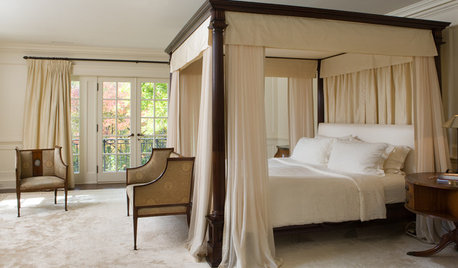
BEDROOMS9 Ways to Dress a Four-Poster Bed
Complete the fairy-tale look or go as modern as you like with canopies, swags, drapes — or nothing at all
Full Story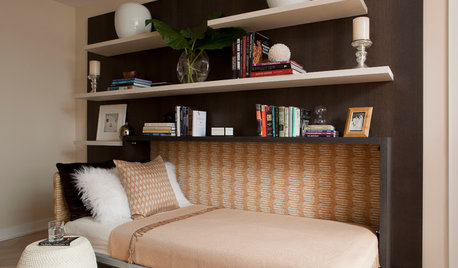
SMALL SPACESClever Ways to Fit a Bed Into a Small Space
By looking high and low and in between, you can find room for a bed — and more — for yourself or a guest
Full Story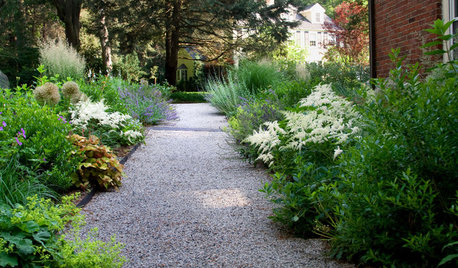
LANDSCAPE DESIGN10 Ways to Put Gravel to Work in Your Garden
Use gravel for pathways and patios, as a mulch for garden beds, to reduce rainwater runoff and more
Full Story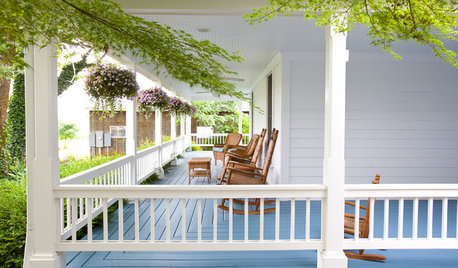
TRAVEL BY DESIGNShould You Open a Bed-and-Breakfast?
Before you commit to innkeeper dreams in your home or an existing B and B, here's what you need to know
Full Story
GARDENING GUIDESNew Ways to Think About All That Mulch in the Garden
Before you go making a mountain out of a mulch hill, learn the facts about what your plants and soil really want
Full Story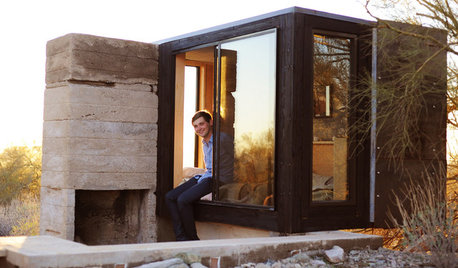
SMALL HOMESHouzz Tour: A Student's Bed-Size Shelter in the Arizona Desert
Could you sleep in such a small space just above the desert floor? One Taliesin architecture student at a time does just that
Full Story
DECORATING GUIDESHow to Use Existing Furniture in a New Space
Don’t give up on your old favorites yet. Here’s how to reimagine and reinvent them to suit any room
Full Story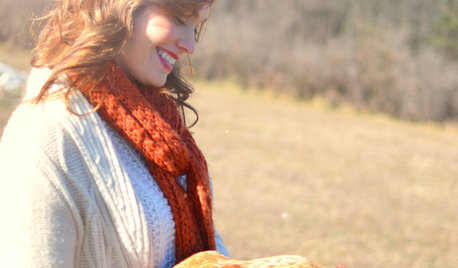
GARDENING AND LANDSCAPINGRaise Backyard Chickens Without Ruffling Neighbors' Feathers
Before you build a coop in the backyard, follow these strategies to help keep your neighbors from squawking
Full Story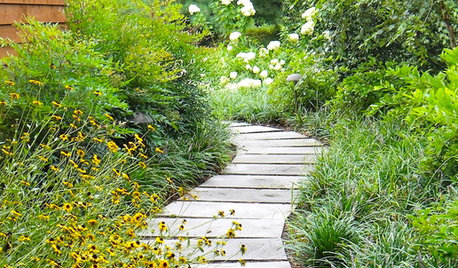
LANDSCAPE DESIGN7 Ways to Design a Garden That Flows and Intrigues
Transform a staccato yard into a smooth and relaxing delight by mastering the art of garden transitions
Full Story
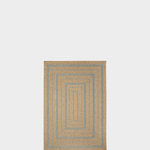
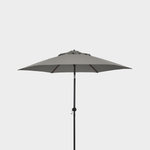
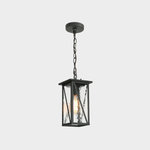


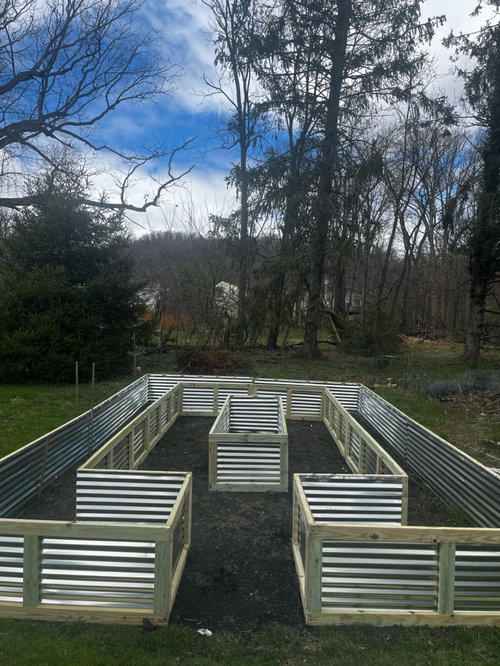
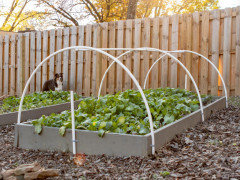
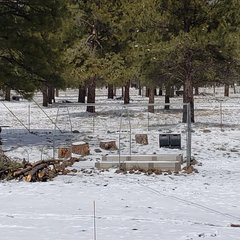
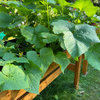
theforgottenone1013 (SE MI zone 5b/6a)